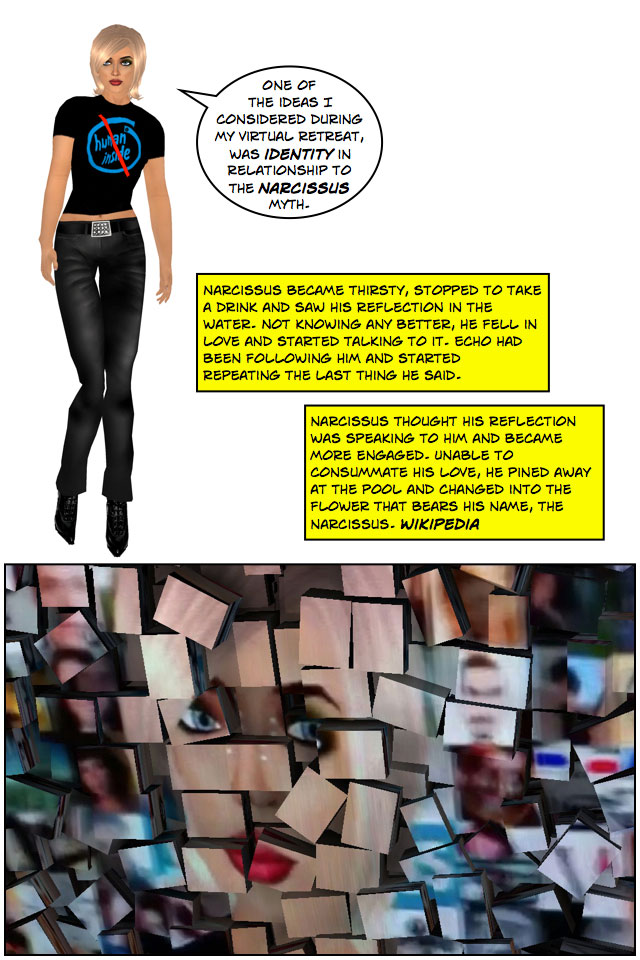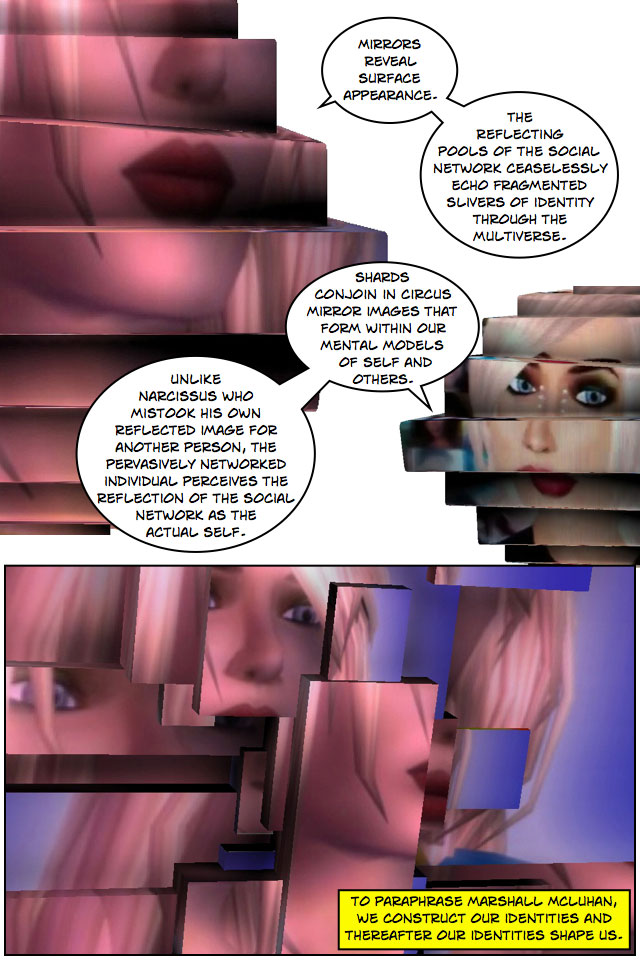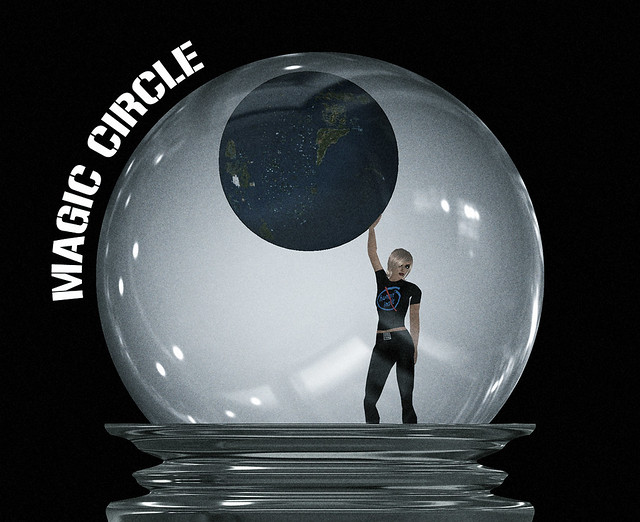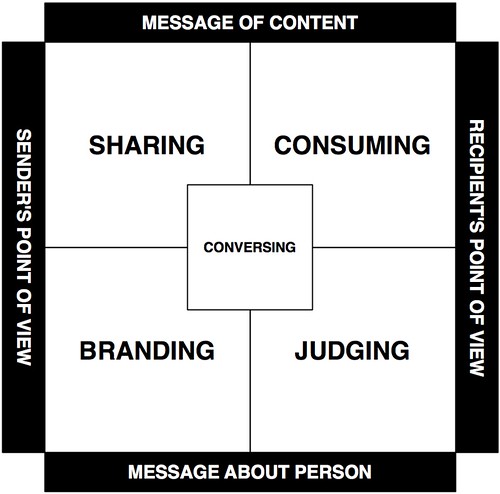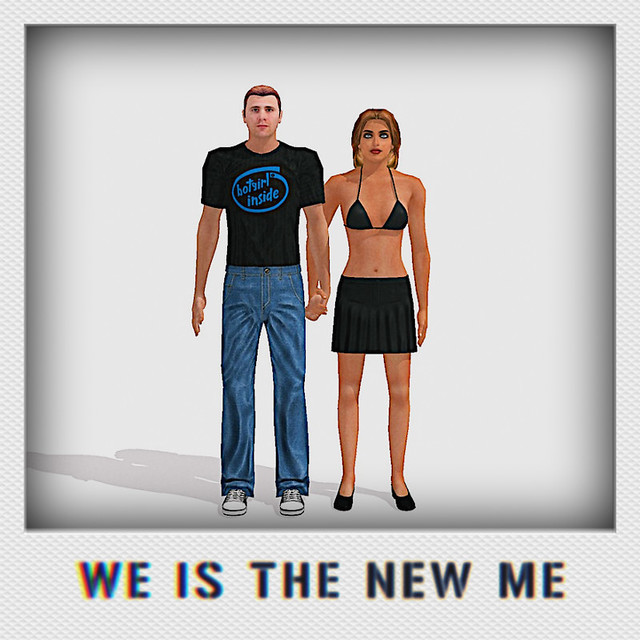The growth of the Second Life active user base has been stagnant for the last couple of years. When contrasted with CityVille's recent
jump towards 50 million users in less than a month and
IMVU's 600% annual growth rate, it's clear that Linden Lab is missing out on a huge potential market. The trick is to figure out how to break into the rapidly growing mainstream without jeopardizing the current user base and existing $75 million annual revenue stream.
I've been flirting for a while with an idea that I think can meet those aims by extending the foundational vision of Second Life as a user-created world. Here's the basic vision: Second Life developers and entrepreneurs are given tools and support to create and market stand-alone applications using the Second Life platform.
Applications such as:
- Games
- Themed 3D Chat Environments
- Virtual Meeting Space
- Art Exhibitions
- Live Entertainment Spaces
- Neighborhoods
- Adult-themed applications
These could be marketed without overt reference to Second Life and accessible via a web browser client. So if someone created a pet-breeding game, it could be marketed like any other Facebook application. A new user would respond to a banner ad or Facebook request, choose from a selection of stock avatars, and be transported into the destination. They would never need to leave the game space or interact with the wider Second Life community. Of course, once they gained familiarity with the interface, they'd be prime candidates to try other SL-based applications or join the overall community.
To make this work, Linden Lab would need to do a few things:
- Release a stable and truly user-friendly web-client solution
- Enter into an agreement with Facebook to integrate authentication and payment
- Provide enhanced tools that allow developers to provide a custom selection of initial avatar choices and pre-populate inventories of new users with the required items.
- Provide some sort of on-demand scaling capability
I realize that there is a significant amount of work needed to develop these enhancements. But it's likely that at least some of them are already on the roadmap to support expansion under the current paradigm. The beauty of this approach for Linden Lab is that once the infrastructure is in place, they will benefit from an ongoing stream of virtual attractions with little incremental expense beyond their current cost-structure. The developers will invest in the application development and marketing, Linden Lab will invest in the platform.
This concept would not only benefit Linden Lab, but also give existing entrepreneurs, scripters, builders and other creatives a way to break out of the stagnant inworld population base. Just by extending to Facebook users, they would have access to
a rapidly growing $1 billion market. With a rich platform like Second Life and its existing base of experienced developers, there's no reason that scores of Farmville-level successes could not be created over time. This concept also would play in the market being carved out by game aggregators like
Steam.
Finally, this expansion of the platform should have no negative impact on current Second Life residents who aren't interest in participating. The new applications would be built on private islands. And the improvements in infrastructure and scaleability would ultimately benefit everyone.
That's my two cents. It will be interesting to see what direction the new CEO takes this year.
This post is a follow-up to last month's Browser-Based Strategy is Essential for Virtual World Growth.
